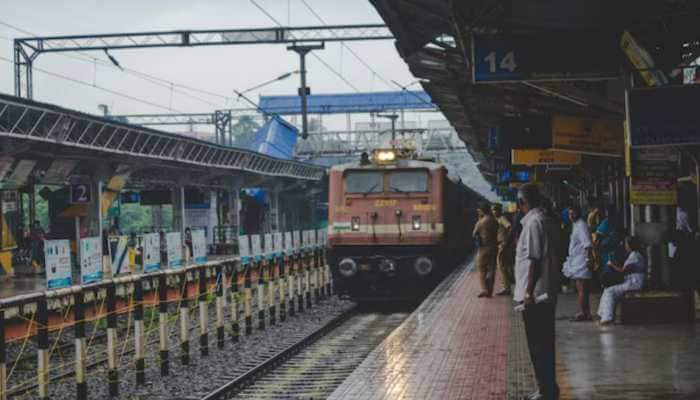'Adhai Din Ka Jhopra': Hindu Temple Or A Mosque? Exclusive Details Of Ajmer Structure
Last week, a new dispute emerged in Ajmer, Rajasthan, when Jain monks, saints, and members of Hindu organizations reached the makeshift mosque in Ajmer for worship, claiming it to be an ancient Hindu-Jain temple and Sanskrit university.
Trending Photos
)
Multiple cases are going on across the country over disputed monuments. Be it Varanasi's Gyanvapi Mosque or Jama Masjid in Fatehpur Sikri and the Dargah of Salim Chishti, these structures have been under question after both - Hindu and Muslim sides staked claim to the same. Last week, a new dispute emerged in Ajmer, Rajasthan, when Jain monks, saints, and members of Hindu organizations reached the makeshift mosque in Ajmer for worship, claiming it to be an ancient Hindu-Jain temple and Sanskrit university.
In this regard, Zee News will acquaint you with the historical truth of the makeshift mosque -Adhai Din Ka Jhonpra - located in Ajmer, Rajasthan, through historical and 'ASI certified' super exclusive evidence. According to historical books, the construction of the Adhai Din Ka Jhonpra Mosque, also known as the Dhai Din Ka Jhonpra Mosque, was ordered by the first Islamic ruler of India, Qutubuddin Aibak, in the year 1192 at the command of Muhammad Ghori.
Watch Full Video Report Here
The Archaeological Survey of India's exclusive survey report conducted in the year 1861 on the Adhai Din Ka Jhonpra Mosque mentioned on Page 258 of Volume 2 of the Four Reports Made During 1862-63-64-65, Alexander Cunningham writes that much like the construction of the Qutub Mosque in Delhi, the construction of the Adhai Din Ka Jhonpra Mosque in Ajmer involved demolishing several Hindu temples, which serves as a significant indicator of the aggressiveness of invaders.
In this survey report on the Adhai Din Ka Jhonpra Mosque, Alexander Cunningham also provided several pieces of evidence indicating that the mosque's construction involved the demolition of many Hindu temples. On Page 259 of the survey report, Alexander Cunningham mentioned finding sculptures resembling those of four-armed deities and a necklace worn by Goddess Kali carved on the pillars of the mosque.
After surveying the pillars of the mosque, the ASI's survey report on Page 260 mentions that all the pillars on which the Adhai Din Ka Jhonpra Mosque stands are Hindu pillars.
In the ASI's survey report, which is 163 years old, on Page 262, it is also mentioned that the names of artisans who worked on constructing the mosque's pillars in the 11th and 12th centuries are inscribed on many pillars.
Stay informed on all the latest news, real-time breaking news updates, and follow all the important headlines in india news and world News on Zee News.
Live Tv







)
)
)
)
)
)
)
)
)
)
